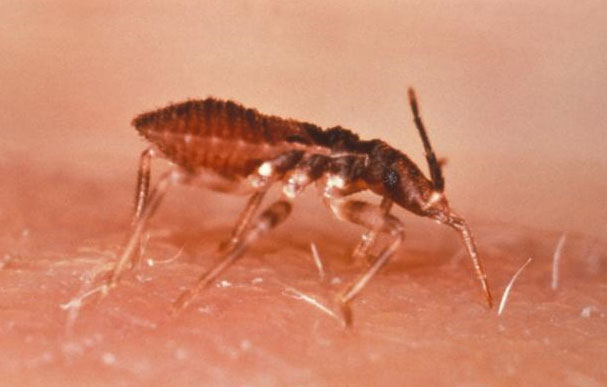Chagas Disease vs AIDS: 6 Differences and 5 Similarities

The condition known as Chagas disease has created a situation in the Americas that resembles the HIV/AIDS epidemic in its early years, one group of researchers argues.
"As with patients in the first two decades of the HIV/AIDS epidemic, most patients with Chagas disease do not have access to health care facilities," or essential medications, the researchers, who are working on a vaccine for Chagas disease, write in the May issue of the journal PLoS Neglected Tropical Diseases.
Both diseases are also stigmatizing, the researchers say. And for U.S. immigrants with Chagas disease living illegally in the United Status, immigration status can be an obstacle to receiving treatment, just as sexual orientation was a barrier to care for HIV/AIDS in the beginning of the epidemic, the researchers say. [Poll: What disease scares you the most?]
But there are also big differences between the illnesses. Here's how the disease compare:
6 differences
Chagas disease is caused by a parasite, specifically, a single-celled protozoan called Trypanosoma cruzi. HIV/AIDS is caused by a virus.
Chagas disease is typically transmitted to people from insects called triatomine bugs, or kissing bugs. These bugs carry the parasite, and transmit the disease when they bite. Because the parasite usually lives in another organism to being passed to a person, it is known as a vector-borne illness. HIV/AIDS is transmitted directly from person to person through sex, or sharing intravenous needles.
Sign up for the Live Science daily newsletter now
Get the world’s most fascinating discoveries delivered straight to your inbox.
When Chagas disease develops into a chronic condition, it can affect the heart, intestine and esophagus. HIV/AIDS affects the body's immune system.
HIV/AIDS is almost always fatal without treatment. Most people with Chagas disease (about 70 percent), do not develop chronic symptoms, according to the National Institutes of Health.
Although it's uncommon, Chagas disease can be transmitted orally, when people consume food contaminated with fecal matter from triatomine bugs (this transmission has been documented in the Amazon). HIV/AIDS cannot be transmitted this way.
HIV/AIDS affects people all over the world, and the biggest burden is in Sub-Saharan Africa. Because triatomine bugs are currently found only in the Americas, disease transmission is limited to this region. The majority of people infected live in South America, Central America, or Mexico.
5 Similarities
Both diseases have an acute phase, which occurs upon infection, and a chronic phase, which develops years later. Because both diseases may not have symptoms for many years, people can be infected and not know it.
Both Chagas disease and HIV/AIDS can be acquired from a blood transfusion.
Both diseases can be passed from mother to child during pregnancy.
Both disproportionably affect people living in poverty, according to the authors of the PLoS paper.
Both require prolonged treatment. For HIV/AIDS, the treatment is a lifetime, while for Chagas disease, the treatment, which includes drugs to kill the parasite, is given for one to three months and is most effective in the acute phases of the disease.
Pass it on: Chagas disease shares some characteristics with HIVS/AIDS, but the conditions also have important differences.
Follow MyHealthNewsDaily staff writer Rachael Rettner on Twitter @RachaelRettner. Find us on Facebook.

Rachael is a Live Science contributor, and was a former channel editor and senior writer for Live Science between 2010 and 2022. She has a master's degree in journalism from New York University's Science, Health and Environmental Reporting Program. She also holds a B.S. in molecular biology and an M.S. in biology from the University of California, San Diego. Her work has appeared in Scienceline, The Washington Post and Scientific American.










